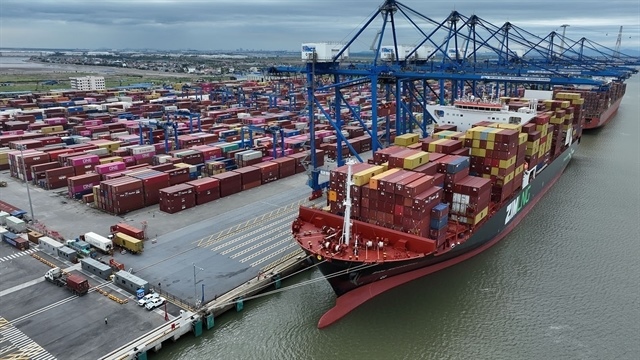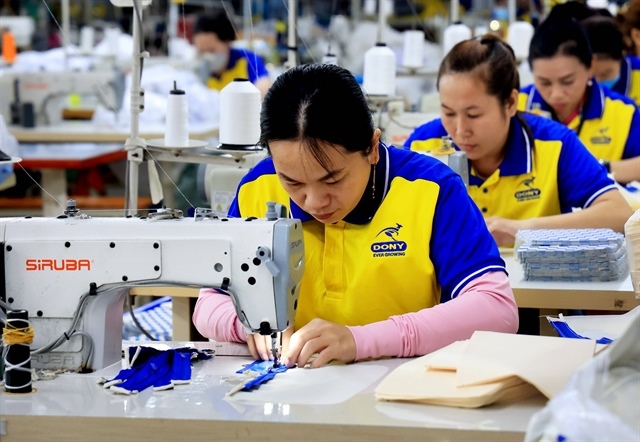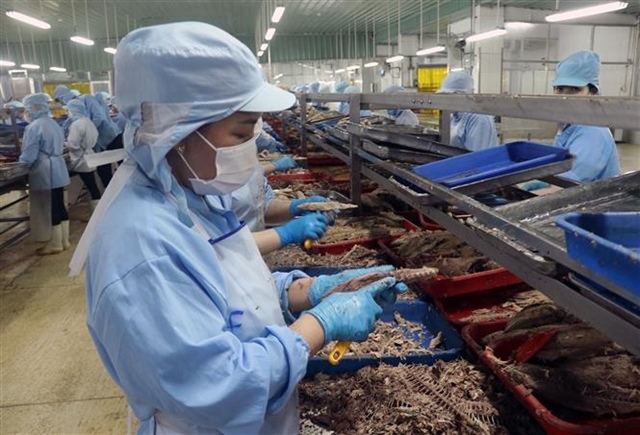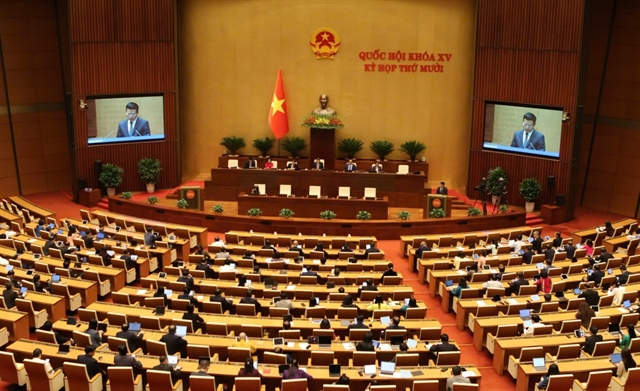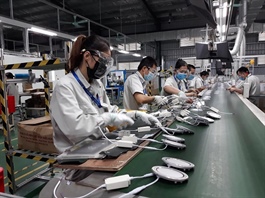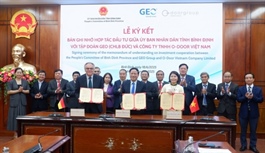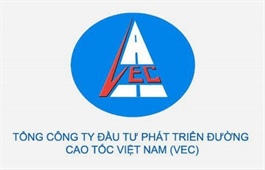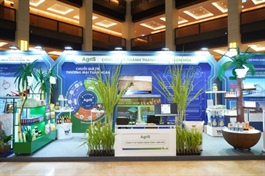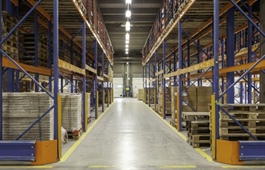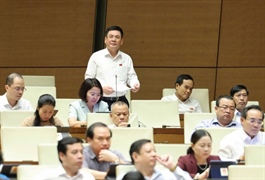Railway Law amendments aim to unblock development bottlenecks
Railway Law amendments aim to unblock development bottlenecks
The proposed amendments to Vietnam’s Railway Law aim to introduce new regulations on capital mobilisation and private sector participation, addressing critical bottlenecks to spur industry growth.
Speaking at the National Assembly's ninth session on June 16, Minister of Construction Tran Hong Minh acknowledged that while the 2017 Railway Law has been effective, it has also exposed limitations hampering the railway system's efficiency. He stressed that implementing major railway projects will require new, specialised policies to ensure synchronised development.
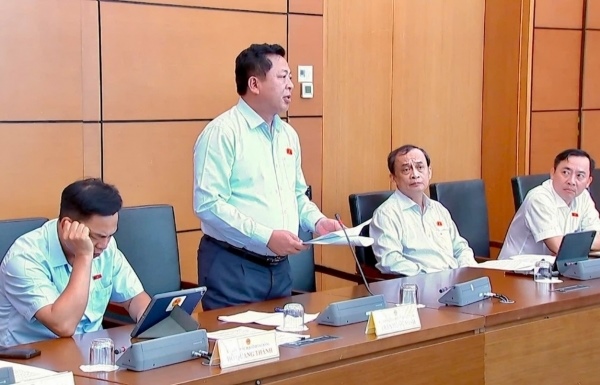
Minister of Construction Tran Hong Minh. Photo: Ministry of Construction |
The minister cited two critical examples: the North-South route requires 16 distinct mechanisms, while the Hanoi - Lao Cai - Haiphong line demands its own tailored framework. Rather than addressing these needs through individual project approvals, he proposed amending the Railway Law to incorporate all necessary mechanisms, establishing a comprehensive legal foundation for nationwide rail development.
Minister Minh revealed the draft amendment has 60 articles, removing 24 from the 2017 law, while focusing on core issues. The main contents include the state's preferential policies on railway development, which clearly stipulate specific criteria and conditions to entice investors.
The draft also outlines plans for new railway infrastructure projects, aligned with 'transit-oriented development' strategies, aimed at enhancing urban connectivity and driving long-term economic growth. "This is an important solution, instead of just recovering capital from ticket sales, which can take hundreds of years, investors will be allowed to use land funds at stations and urban areas to create resources for reinvestment. This not only helps the project to be economically effective, but also helps develop civilised and modern urban areas," said Minister Minh.
Regarding technology transfer and increasing the localisation rate of the railway sector, the minister stated that whether it is state or private investment, there must be a roadmap for technology transfer. In the short term, Vietnamese contractors can undertake sub-rail infrastructure projects, while in the long term, it will be necessary to research and produce rails, carriages, locomotives, components, and spare parts to increase self-sufficiency.
"Putting specific mechanisms into a unified law will create a solid legal corridor, helping the implementation of future railway projects to be more favourable and effective," Minh said, "If investment were limited to the state without encouraging private sector participation, implementation would be extremely difficult. For this reason, the draft includes provisions on capital mobilisation and private economic development."
The minister added that there are currently five investors registered to participate in railway projects. Therefore, policies should be put in place to create conditions for effective investment.
Vietnam's railway system has witnessed many changes in recent times, with the appearance of several urban railway lines in Hanoi and Ho Chi Minh City such as the Cat Linh - Ha Dong, Nhon - Hanoi Railway Station, Ben Thanh - Suoi Tien and others. However, the implementation of these projects was largely dependent on foreign partners, from investment and capital mobilisation to technology.
For instance, the Cat Linh - Ha Dong metro line employs Chinese technology, whereas the Nhon - Hanoi Station line utilises French systems, and the Ben Thanh - Suoi Tien line operates with Japanese technology. According to the Minister, this can lead to a lack of synchronisation and cause difficulties in supply, replacement, and repair, highlighting the inadequacies of the current system.
- 17:09 18/06/2025


